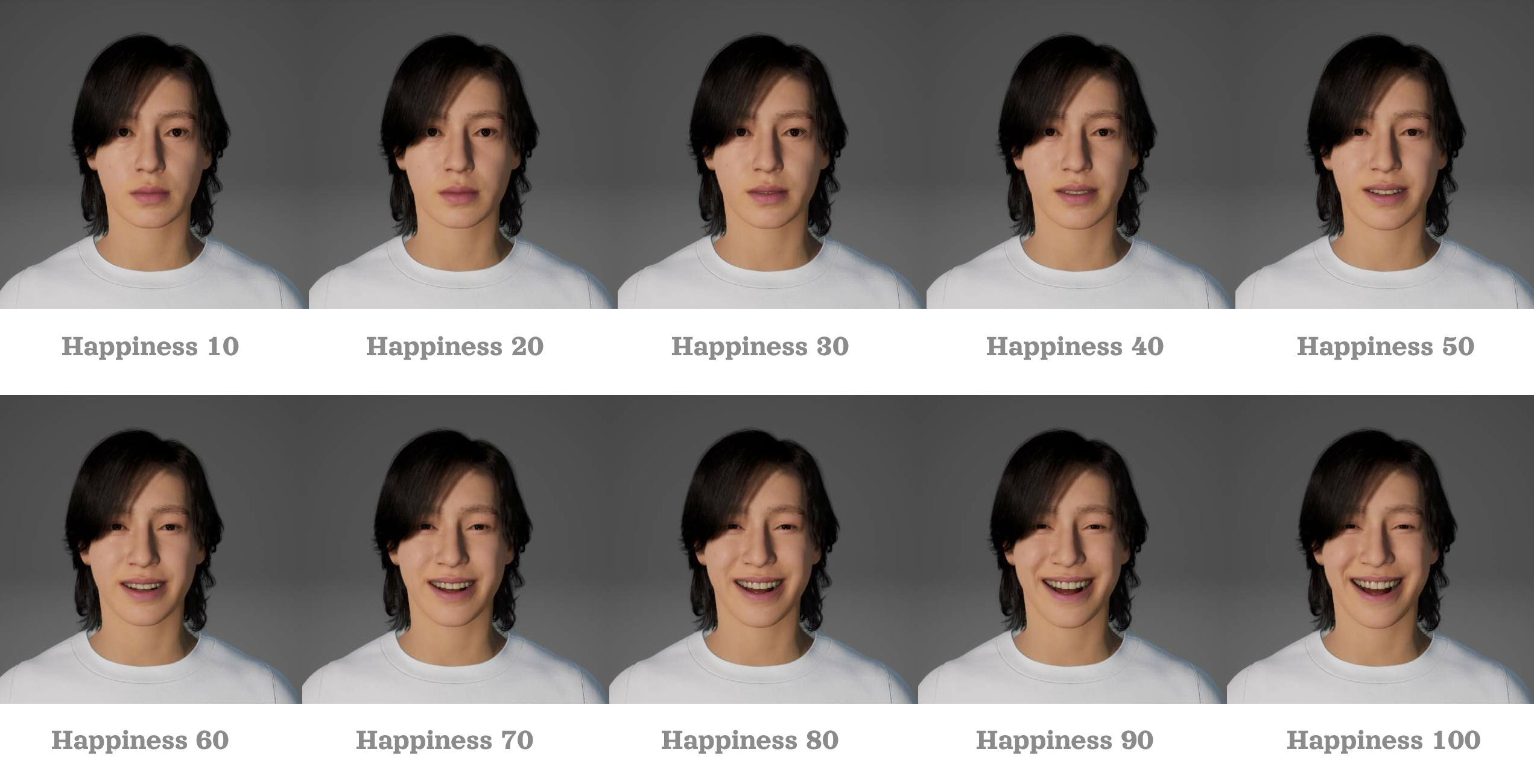VirtualFlow Inc. has helped a digital healthcare startup “Emocog” to create and use MetaHumans that will feature in their product “Cogthera”, a medical software to treat patients with neurodegenerative diseases—mild cognitive impairment first and foremost, among many others.
Mild cognitive impairment refers to an intermediary mental state that borders on a well-aged brain and dementia.
Emocog’s Promotional Video (at CES 2022) (Kor.)
Swift Feedback & Flawless Collaboration Process
After the initial offline meeting with the VirtualFlow team, our development progressed quickly with rich online feedback; thanks to their support, we managed to keep the deadline.
We were impressed by the quality of support that VirtualFlow was willing to provide us with. When we realized that we needed some extra development tools to fully implement what Emocog envisioned, the developers at VirtualFlow made a custom upgrade to T4Framework that was tailored to our specific needs. It’s not only the quality of the result but also the company’s willingness to accommodate its customers that made Emocog determined to further collaborate with VirtualFlow in the future. - Emocog

Images used for prototyping, in the early stages of collaboration
Utilizing Game Engines in Digital Healthcare
Recently, digital human has expanded its realm of influence from the entertainment industry to the healthcare sector. The problem, however, is that utilizing Unreal Engine and MetaHuman to create digital content—especially when the product serves specific, rather than general, purposes—requires a team of tech experts, which is a burden on the company’s part.
The VirtualFlow team offers T4Framework, an optimal solution that reflects these customers’ needs and actively supports them to save time and money.
The video below showcases how Emocog utilized T4Framework, along with the LiveLink tool, to create various facial animations of the MetaHuman to feature in their product. As you can see, T4Framework automates the process of generating facial images, which will eventually be congregated to form a whole facial expression, thus saving content developers from the tedious task of manually setting them up, one by one.